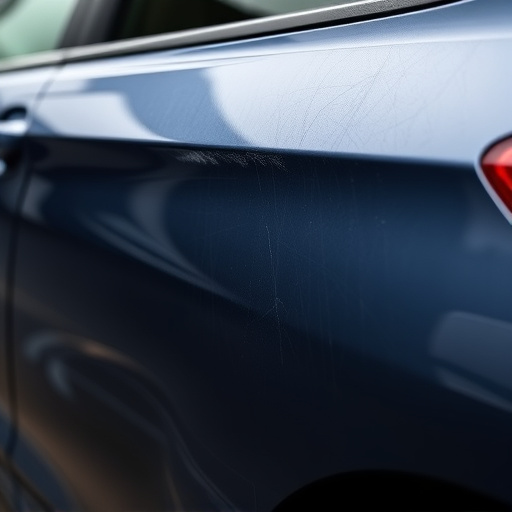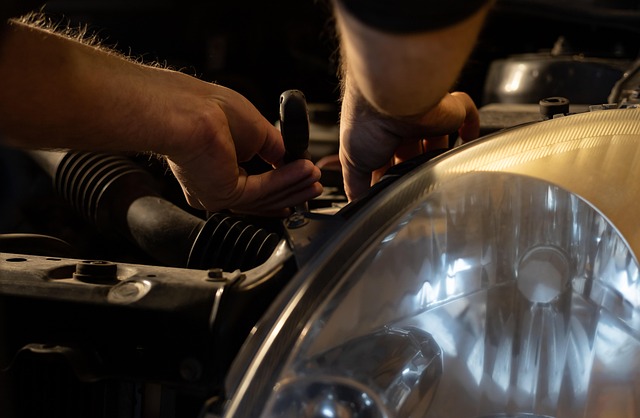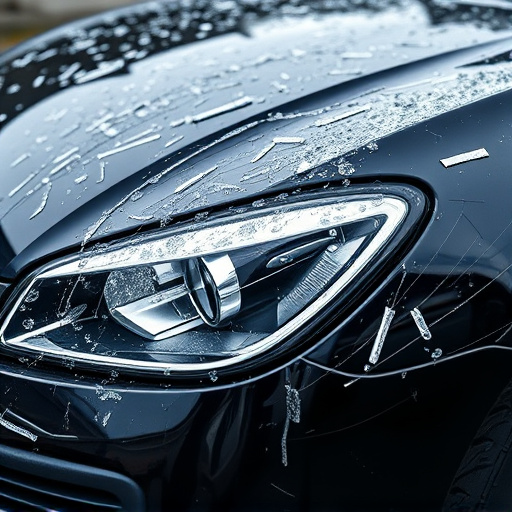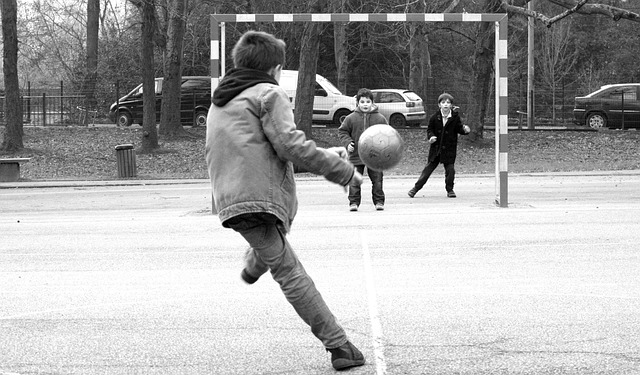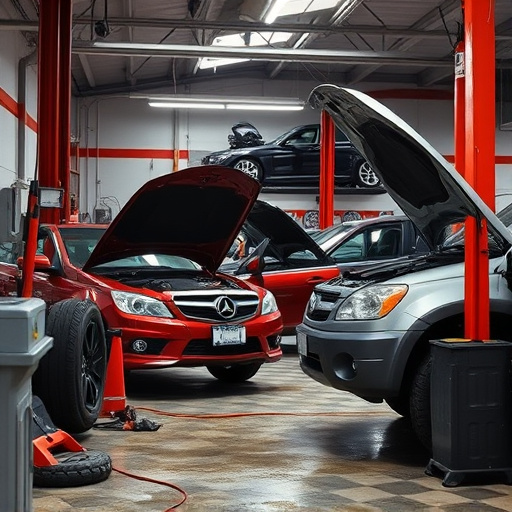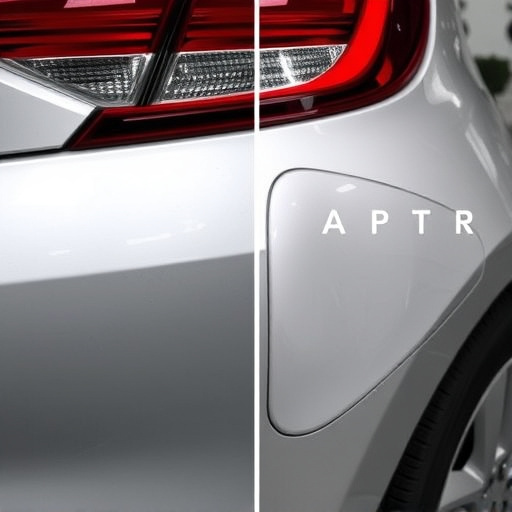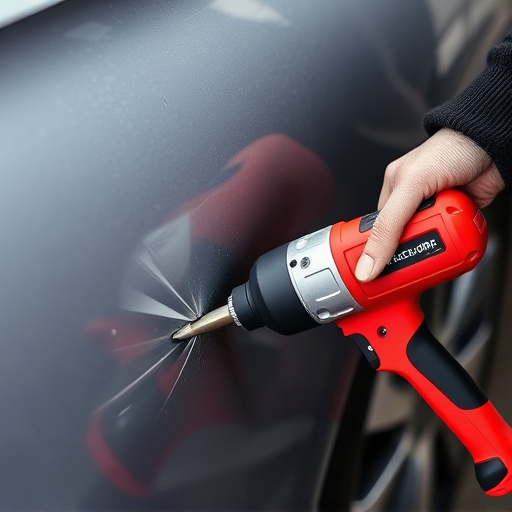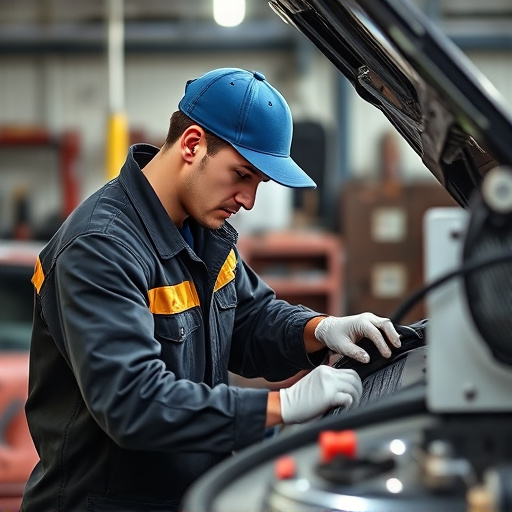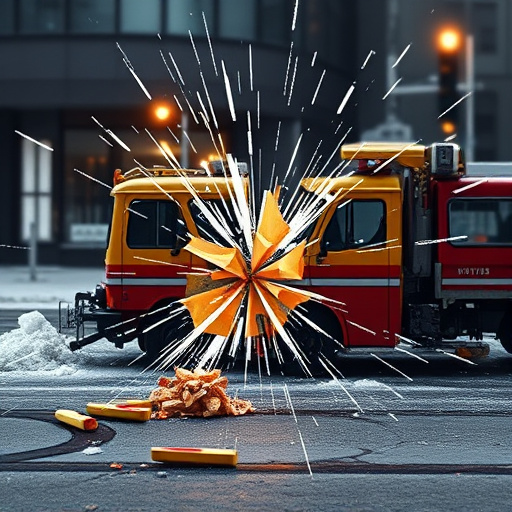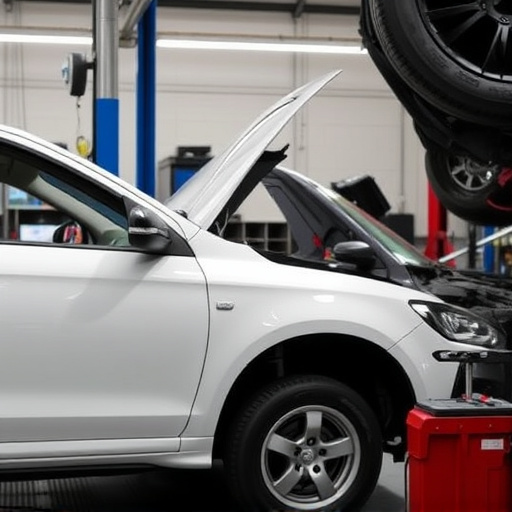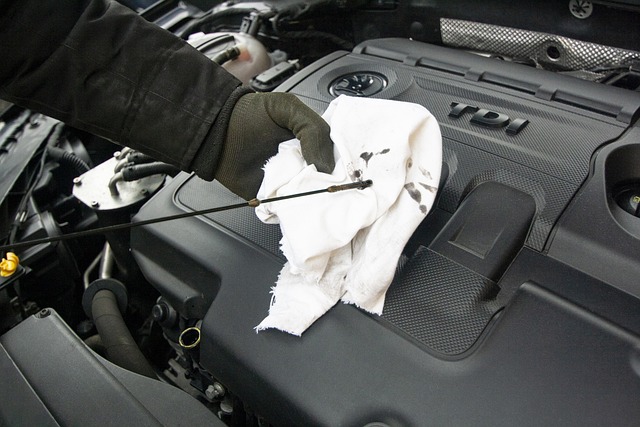Wheel arch damage, from minor bumps to severe accidents, demands efficient replacement solutions. Damage patterns include dents, cracks, or arch failure, requiring mechanics to identify the cause for optimal repair timelines. Streamlined wheel arch replacement processes involve detailed inspection, removal of existing arch, fitting new components, and meticulous finishing with repainting. Auto shops can enhance efficiency by implementing specialized tools, effective inventory management, and interdepartmental communication, reducing repair times and boosting customer satisfaction.
“Wheel arch replacement and repair efficiency is a key consideration for vehicle owners. This article delves into optimizing the time frame for this critical component’s maintenance, focusing on understanding wheel arch damage, efficient replacement processes, and strategic time-saving techniques. By exploring these aspects, we aim to empower car enthusiasts with knowledge, enabling them to navigate wheel arch issues swiftly, ensuring their vehicles return to top performance.”
- Understanding Wheel Arch Damage and Causes
- Step-by-Step Process for Efficient Replacement
- Strategies to Minimize Repair Time Frames
Understanding Wheel Arch Damage and Causes
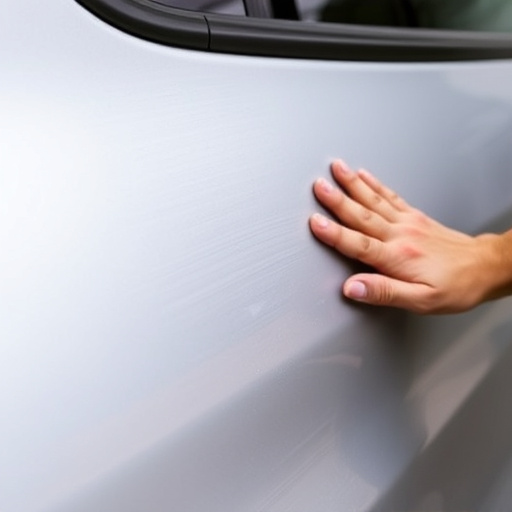
Wheel arch damage is a common issue that can arise from various incidents, often leaving drivers searching for efficient wheel arch replacement solutions. The wheel arch, or fender, acts as a protective barrier between the vehicle’s wheels and the elements. Damage can occur due to minor bumps, fender benders, or more severe accidents, leading to dents, cracks, or even complete arch failure. Identifying the cause is crucial in optimizing repair time frames for vehicle owners seeking reliable auto painting and wheel arch replacement services.
Understanding these causes allows mechanic teams to tailor their approach to repairs, ensuring that each step, from initial assessment to final auto painting touches, is executed efficiently. By recognizing patterns of damage, they can streamline the process, potentially reducing turnaround times without compromising on quality. This proactive understanding is a key aspect of providing top-notch vehicle repair services.
Step-by-Step Process for Efficient Replacement
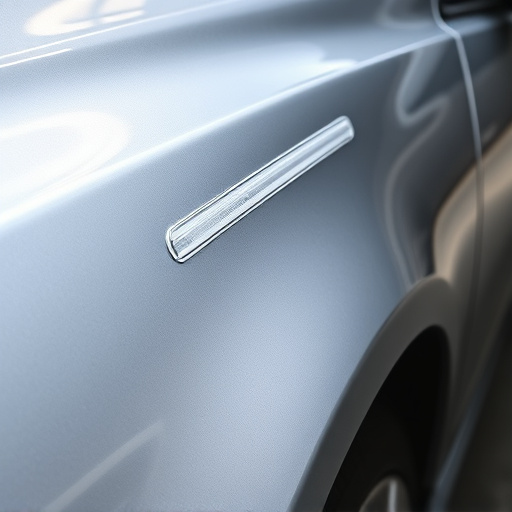
The process of wheel arch replacement is a meticulous task that requires careful planning and execution for efficient optimization. It begins with a thorough inspection to identify damage, followed by precise measurement and cutting to ensure a perfect fit. Once the damaged section is removed, the surrounding area is prepared, often involving sandblasting or degreasing to create a clean surface. This step is crucial for ensuring effective adhesion during the subsequent car paint services.
Next, a new wheel arch component is custom-fitted, taking into account the vehicle’s unique specifications. Skilled technicians use specialized tools to secure the replacement part, guaranteeing structural integrity. Finally, a meticulous finishing touch is applied, often involving careful repainting or refinishing to match the vehicle’s original color and texture. This step enhances not only the aesthetic appeal but also the overall durability of the repair, delivering a seamless wheel arch replacement experience.
Strategies to Minimize Repair Time Frames
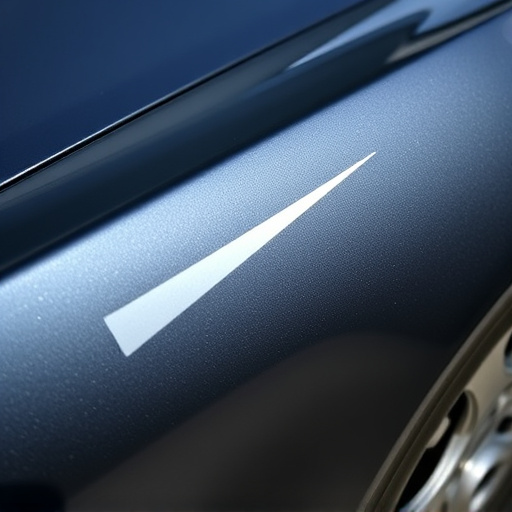
Optimizing wheel arch replacement and repair time frames is a key strategy for auto shops to enhance efficiency and customer satisfaction. One effective approach is implementing a streamlined workflow through process optimization techniques, such as leveraging specialized tools and equipment designed for quick repairs. For instance, robotic welding systems can significantly speed up the metalwork process, while advanced paint sprayers ensure precise, efficient auto painting applications.
Additionally, prioritizing inventory management is vital. Keeping a well-stocked inventory of common spare parts, including wheel arch panels, bumpers, and auto glass, enables technicians to quickly source materials, reducing downtime. Effective communication between departments further enhances efficiency, ensuring that parts are ready when needed. This holistic approach minimizes repair time frames for wheel arch replacement, allowing shops to serve customers more promptly and cost-effectively.
Optimizing the wheel arch replacement and repair process is essential for both efficiency and cost-effectiveness. By understanding the causes of wheel arch damage, following a structured step-by-step replacement procedure, and implementing strategies to streamline repair time frames, professionals can significantly enhance their workflow. These techniques not only ensure faster turnaround times but also contribute to better overall vehicle health, ultimately benefiting both mechanics and customers alike in the process of wheel arch replacement.


